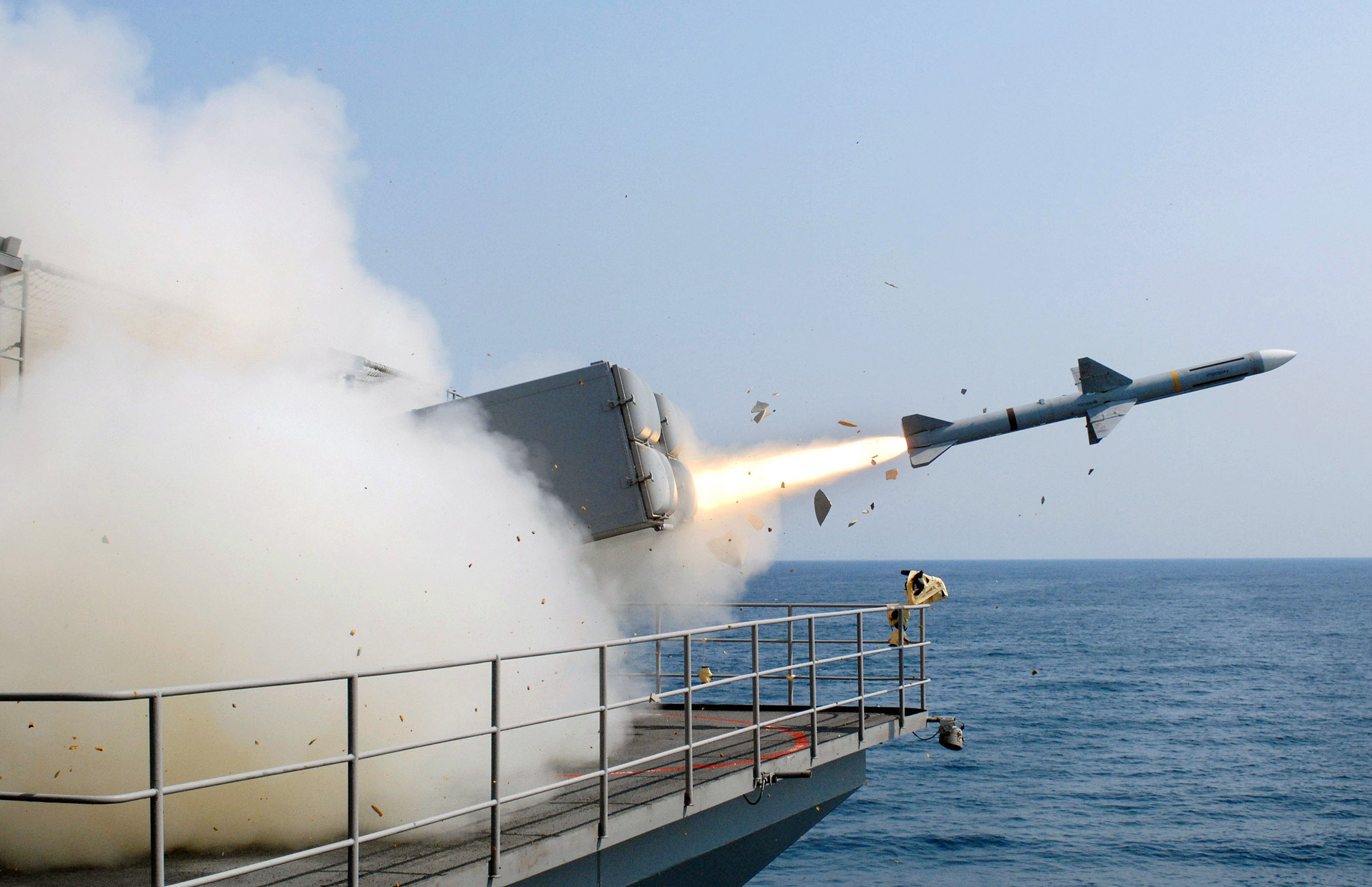At the turn of the year, news about China’s latest fighter jet (widely speculated to be a sixth-generation aircraft) has caught attention. Although it hasn’t been officially confirmed, discussions among Western military experts have been ongoing and intense, according to Chinese media reports.
On January 5, the South China Morning Post reported that in the Chinese People’s Liberation Army’s Eastern Theater Command’s MV China’s People, released on New Year’s Day, an image of a ginkgo leaf, which resembles the shape of a new jet, appeared. This seems to serve as an “indirect official announcement.” Military experts see it as a “clear signal” that China is developing a sixth-generation fighter jet, speculated to be named J-36.
In their view, the new model is bound to achieve numerous groundbreaking advancements. However, some concessions may have been made in exchange for more critical functionalities. One military analyst suggested that the new jet, which generated much debate last month, might sacrifice some maneuverability and the ability to conduct carrier-based operations in order to perform other tasks. A key role of the new jet could be serving as a “command center” to direct combat drones.
Experts believe that the new jet is part of China’s shift toward “network-centric warfare.” This new aircraft might be responsible for gathering, processing, and transmitting information across the entire fleet, ensuring that all combat units have a unified understanding of the battlefield. This could be seen as a “force multiplier,” rather than a “frontline combat aircraft.”
Tail-less Design of the New Jet Sparks Discussion
John Waters, a former U.S. Air Force fighter pilot and ex-commander of the F-16 “Viper” demonstration team, now hosts a podcast on aviation and military themes. He believes that the tail-less design of China’s new jet suggests a focus on low detectability (or stealth) rather than maneuverability.

Waters also compared the new jet to the U.S. Air Force’s B-21 Raider stealth bomber and added that low maneuverability shouldn’t be an issue, as these large aircraft aren’t designed for “close combat.” Bill Sweetman, a veteran aerospace journalist and former executive at Northrop Grumman, concurred with this viewpoint.
“The relative importance of close-range aerial combat is decreasing,” Sweetman argued, citing the increasing effectiveness of beyond-visual-range missiles and advanced sensors. He speculated that the main task of the new Chinese jet would be to “attack enemy aerial assets,” including fighter jets, tankers, AWACS, and other support aircraft from air, ground, and aircraft carriers.
Peter Layton, a retired officer of the Australian Air Force and visiting fellow at the Griffith Asia Institute, noted that China’s new jet resembles the Russian MiG-31 fighter, known for its long-range and high-speed interception capabilities.
Some analysts estimate that the new jet’s maximum takeoff weight exceeds 45 tons, surpassing the MiG-31’s limit. Layton believes that the similar twin-wheel main landing gear confirms the aircraft’s massive weight. Its other roles may include providing long-range escort for China’s strategic bombers and performing strategic air defense missions in areas outside the coverage of ground-based air defense systems. Given China’s vast territory, these roles would cover much of the country.
He also pointed out that the new jet might have supersonic cruise capabilities, meaning it could remain on alert on the ground to intercept distant threats, without the need to maintain constant airborne readiness. In this role, the aircraft would depend more on its ability to launch long-range air-to-air or air-to-ground missiles.
Experts See Unique Combat Role for the New Jet
The South China Morning Post mentioned that analyst Lu Guo-Wei, a military commentator based in New Zealand and a YouTube channel host of “Eurasian Naval Insights,” believes that the new jet is part of China’s shift towards “network-centric warfare.”
He first pointed out that the large fuselage’s central and side weapons bays indicate it can carry heavy payloads, including ultra-long-range air-to-air missiles like the PL-17, which can strike targets up to 400 kilometers away, with a maximum speed exceeding Mach 4. However, due to cost and value considerations, the jet is more likely to serve as a “node” in a larger system, rather than leading combat on the frontlines.
He also noted that this jet could connect frontline fighter jets (such as combat drones, J-20s, and J-35As) with rear support forces (such as AWACS and aerial refueling aircraft). This shift means air combat will evolve from traditional one-on-one engagements to a more integrated, data-driven system of two interconnected systems. The U.S. Air Force’s ongoing development of its sixth-generation aircraft, the Next-Generation Air Dominance (NGAD) program, envisions similar changes for future aerial warfare.
He added that the new jet’s radar and sensors would enable it to detect stealth aircraft from longer ranges than the J-20, enhancing the overall operational effectiveness of the Chinese Air Force. Moreover, it would be responsible for gathering, processing, and disseminating information throughout the fleet, ensuring all combat units have a unified understanding of the battlefield. Again, this marks a “force multiplier,” not a “frontline combat aircraft.”
Kelly Grieco, a senior fellow at the Stimson Center, a prominent U.S. think tank, shares a similar viewpoint. She said, “For both China and the U.S., next-generation aircraft are being designed around the concept of manned-unmanned team combat.” She believes that, aside from personnel casualty risks and cost factors, deploying these systems in large numbers would enhance real-time situational awareness. “Combined with higher levels of automation and AI analysis capabilities, this could accelerate the pace of warfare and shorten the so-called ‘kill chain.’”
Limited Carrier Capability for the New Jet
The South China Morning Post pointed out that despite many debates about the capabilities of the “mysterious aircraft,” most analysts agree that this new jet is unlikely to have carrier-based capabilities, primarily due to its “large size, heavy weight, and three-engine design.”


Layton noted that while the design could be scaled down for carrier use, a carrier-based aircraft requires a low landing speed of about 135 knots (250 km/h), whereas the triangular shape of the new jet suggests a landing speed of about 180 knots. He believes that although complex flaps and slats could reduce this speed, the benefits of carrier capability seem minimal for this jet.
Other military experts expressed similar views, with some suggesting that among the two new jets revealed, the one discovered in Shenyang seemed more suited for carrier operations, featuring a smaller twin-engine configuration and foldable stabilizers.
Global Reactions to the New Jets
On December 26, 2024, the anniversary of Mao Zedong’s birth, several videos of what was claimed to be “China’s next-generation fighter jet’s maiden flight” went viral. Accompanied by a J-20 two-seater, a futuristic-looking, tailless, all-wing, and blended-body aircraft zoomed across the skies of Chengdu, standing out against the bright blue sky. On the same day, another video emerged, showing a smaller new jet supposedly flying over Shenyang.
These video clips quickly went viral, attracting intense attention from domestic and international media. In the evening, the National Defense Times social media account posted an image of a ginkgo leaf with the caption, “The ginkgo has turned yellow, and it really looks like a leaf.” This was seen as a subtle confirmation of the netizens’ speculations. However, the post was later removed from their Weibo and Douyin accounts.
The South China Morning Post quoted several experts on December 27, stating that these two jets (one large and one medium-sized) are likely to be “China’s first sixth-generation fighter jets,” both possessing all-angle stealth capabilities and “world-class” propulsion systems. Some experts also noted the unprecedented three-engine design, indicating that China has broken free from the traditional U.S. model.
“This is one of the most significant surprises of the Chinese military this year,” stated Forbes. The article added that China’s simultaneous development of two aircraft types aims to minimize risks. Should one aircraft face development setbacks, the other could serve as a backup option.
“The sudden appearance of China’s new heavy stealth fighter jet is shocking!” the U.S. website The War Zone wrote, capturing the global interest in China’s new aircraft with multiple updates.
“China has made serious efforts to win the airpower competition of the 21st century. Its airpower will soon be based on next-generation fighter jets, clearly aimed at convincing its opponents,” said Mikhail Khodarenok, a Russian military expert and retired colonel of the Russian Armed Forces General Staff, to RT.
However, Khodarenok also cautioned, “Don’t jump to conclusions just because of the aircraft’s appearance. It’s too early to say whether this jet belongs to the ‘sixth generation.’” He emphasized, “The performance of modern aircraft is not determined by its airframe or onboard equipment (whether radar or avionics), but by the integrated communication system that brings various weapons into a single network.”





















Discussion about this post